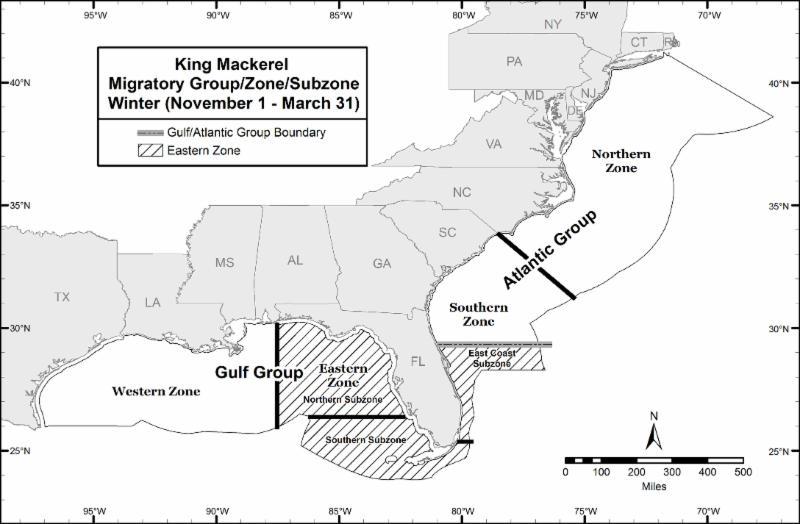September 6, 2017 — The Sentinel Survey, now in its eighth year of research, collects data on the status of groundfish populations in Eastern Maine. The survey is conducted by Maine Center for Coastal Fisheries, in collaboration with the University of Maine. Fishermen visit a total of 84 survey stations from June to October, along with researchers who study the population, distribution, and most important, the genetic makeup of groundfish in each location, according to a news release from MCCF.
The Sentinel Survey has become the leading source of information on groundfish in Eastern Maine, the release states. The unique summer sampling season and localized-scale produces heavily sought after data. The survey design also uses a combination of gear types, longline and jig hooks, to sample areas where larger, more traditional trawling methods struggle—areas with rocky bottoms and an abundance of lobster traps. Since 2010, Maine Center for Coastal Fisheries has collected data on more than 20 groundfish species, most notably cod, halibut, mackerel, cusk, haddock, pollock and hake.
Increasingly, scientists are requesting access to survey samples of stomach content, heart, otolith (or ear bone), fin clip, gonad, and muscle tissue, as they seek to understand the status of depleted groundfish populations. According to lead researcher on the Sentinel Survey, Mattie Rodrigue, “data from even a single fish is crucial. Biological analysis can unlock a picture of where that species has been, the distinct sub-populations it’s related to, what it’s been eating, its reproductive patterns, and more.”
Maine Center for Coastal Fisheries has led a collaborative effort to distribute Sentinel Survey data to organizations up and down the coast, from Massachusetts to Canada. Scientists want access to specific data, and the survey can provide that information. Institutions, including the University of Maine, the University of New Hampshire, Gulf of Maine Research Institute, Woods Hole Oceanographic Institute, the Massachusetts Division of Marine Fisheries, and Fisheries and Oceans Canada, rely on the survey.

